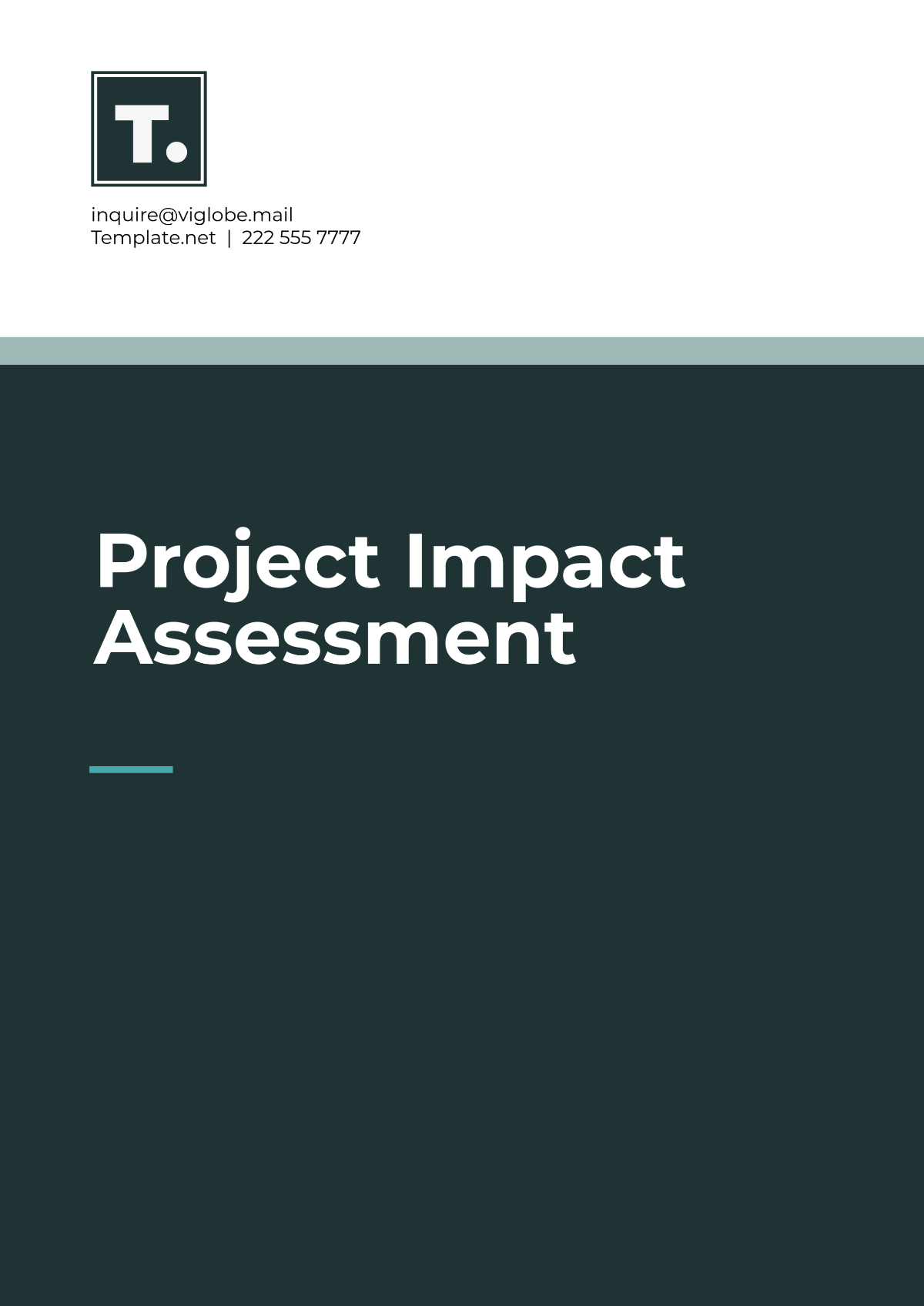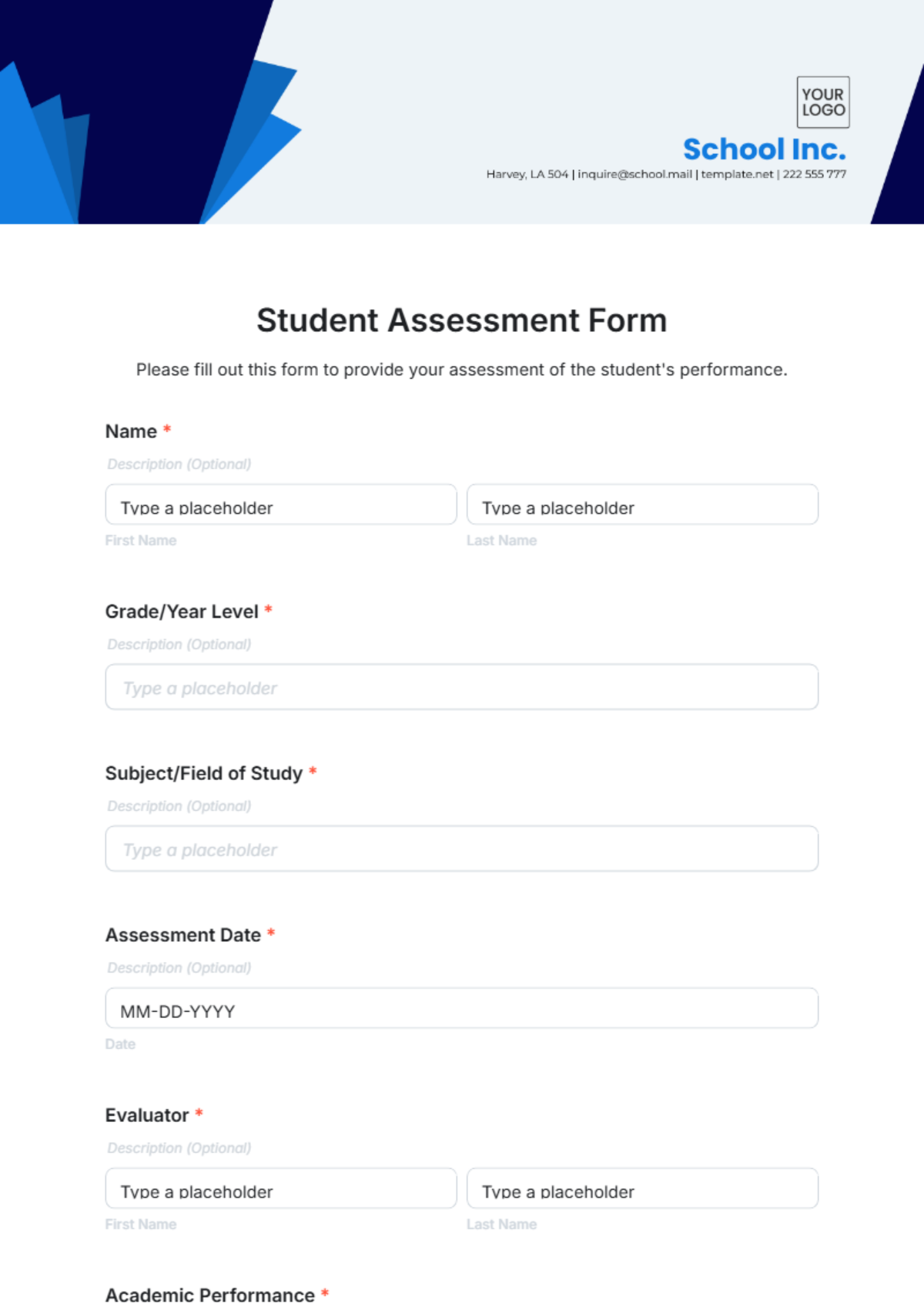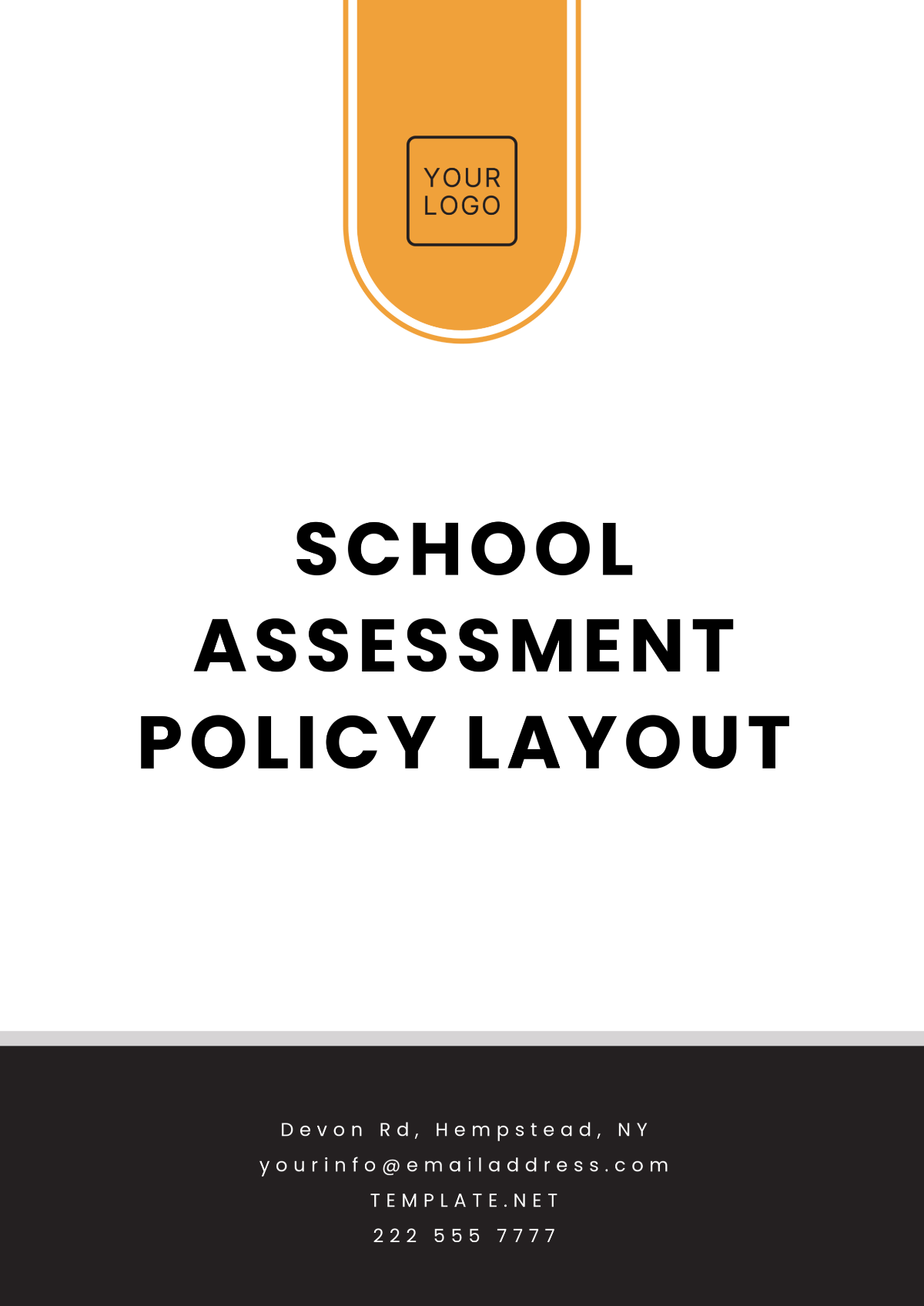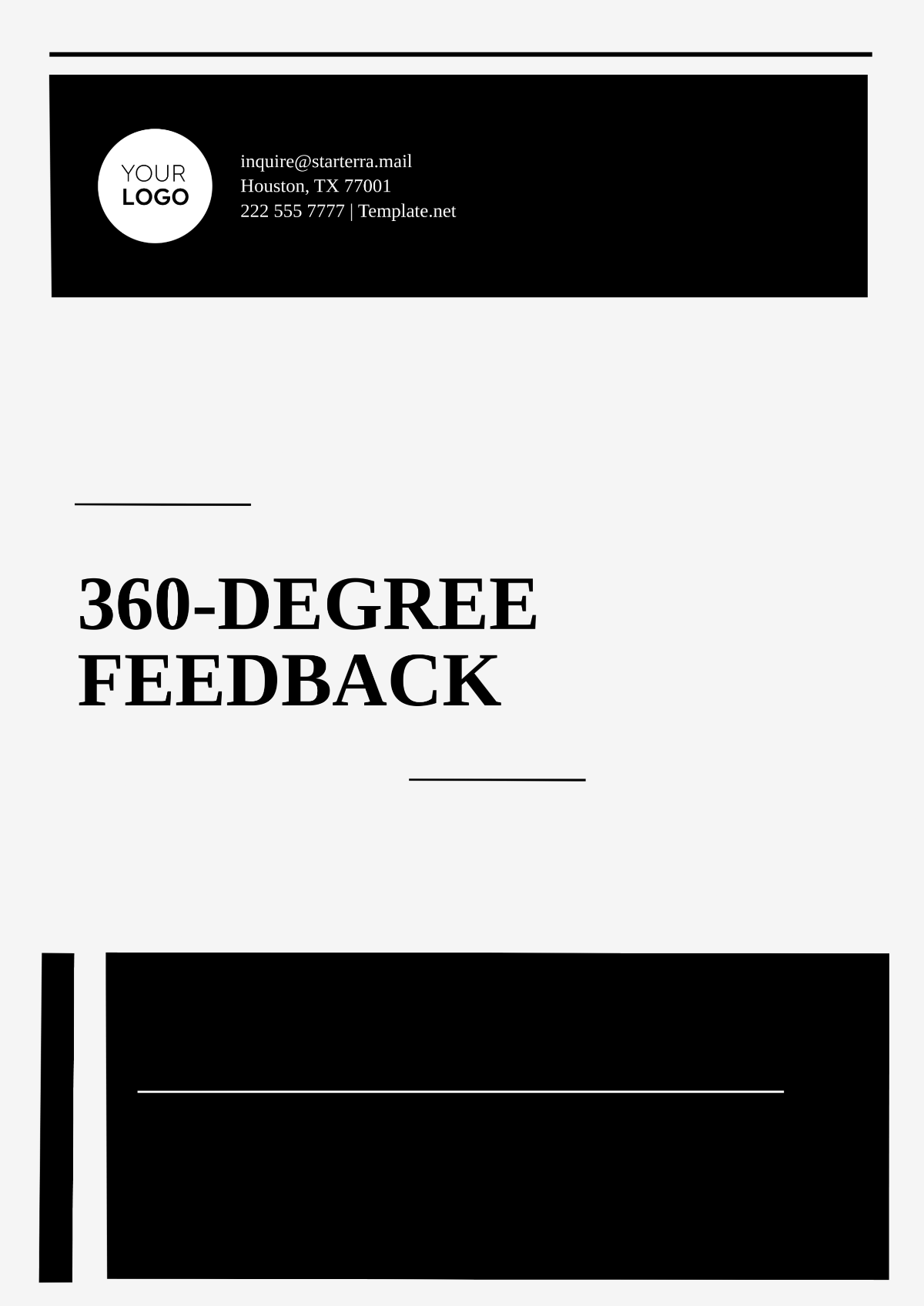IT Risk Assessment Report
Date: December 17, 2050
Prepared by: [Your Name]
Department: IT Department
Company: [Your Company Name]
I. Executive Summary
This IT Risk Assessment Report aims to evaluate the current state of information technology systems within the organization to identify potential risks, vulnerabilities, and threats to business continuity. The assessment analyzes IT infrastructure, policies, and procedures to propose mitigation strategies that ensure data security, regulatory compliance, and operational efficiency.
II. Objectives
The primary objectives of this IT Risk Assessment are:
To identify and assess existing IT risks within the organization.
To evaluate the effectiveness of current risk mitigation measures.
To recommend appropriate actions to minimize the impact of identified risks.
To ensure compliance with relevant regulations and industry standards.
III. Scope of Assessment
This assessment covers the following IT systems and areas:
Network infrastructure (e.g., servers, routers, firewalls)
Data storage and backup systems
User access controls and authentication mechanisms
Software applications (enterprise resource planning, customer relationship management, etc.)
Cybersecurity policies and incident response procedures
Compliance with industry regulations (GDPR, HIPAA, etc.)
IV. Risk Identification
The following risks have been identified within the organization:
A. Cybersecurity Threats
Phishing Attacks: Employees may fall victim to phishing scams leading to data breaches.
Ransomware: Potential threats from ransomware attacks that could lock critical data and demand payment for restoration.
Malware: The possibility of malware infecting systems and compromising sensitive data.
B. Data Loss Risks
Inadequate Backup: Current backup practices may not be sufficient to recover from significant data loss incidents.
Hardware Failure: Aging or faulty hardware could lead to data loss or corruption.
C. Unauthorized Access
Weak Authentication: Insufficient or outdated authentication methods may leave the system vulnerable to unauthorized access.
Inconsistent User Access Control: Inconsistent user permission settings could grant unauthorized access to critical systems and sensitive data.
D. Regulatory and Compliance Risks
Non-Compliance with Data Protection Laws: Failure to comply with GDPR, HIPAA, and other relevant laws may result in legal penalties.
Inadequate Documentation: Lack of detailed documentation regarding IT processes and security measures can lead to non-compliance.
E. Operational Risks
System Downtime: Potential risk of downtime affecting business continuity.
Lack of Disaster Recovery Plan: Insufficient planning for disaster recovery could prolong system outages in the event of major disruptions.
V. Risk Assessment and Impact Analysis
Each identified risk has been evaluated based on the likelihood of occurrence and the potential impact on the organization. The risks are categorized as follows:
A. Cybersecurity Threats
Likelihood: High
Impact: High
Risk Level: Critical
B. Data Loss Risks
Likelihood: Medium
Impact: High
Risk Level: High
C.Unauthorized Access
Likelihood: Medium
Impact: High
Risk Level: High
D. Regulatory and Compliance Risks
Likelihood: Low
Impact: High
Risk Level: Medium
E. Operational Risks
Likelihood: Medium
Impact: Medium
Risk Level: Medium
VI. Risk Mitigation Strategies
To mitigate the identified risks, the following strategies are recommended:
A. Cybersecurity Threats
Employee Training: Implement regular cybersecurity training to prevent phishing attacks.
Anti-Malware Solutions: Deploy up-to-date anti-malware software and conduct regular scans.
Ransomware Prevention: Invest in security solutions that prevent ransomware attacks and ensure a robust data backup system.
B. Data Loss Risks
Improve Backup Practices: Ensure that regular backups are conducted, stored securely, and tested for recovery.
Replace Faulty Hardware: Upgrade aging hardware to prevent hardware failure and associated data loss.
C. Unauthorized Access
Upgrade Authentication: Implement multi-factor authentication (MFA) across all systems.
Review User Access: Regularly review user access permissions and remove unnecessary access to sensitive systems.
D. Regulatory and Compliance Risks
Compliance Audits: Conduct regular audits to ensure compliance with applicable regulations.
Improve Documentation: Develop and maintain up-to-date documentation on IT security practices and data management procedures.
E. Operational Risks
Implement Business Continuity Plan: Develop and regularly update a comprehensive business continuity and disaster recovery plan.
Regular System Maintenance: Conduct periodic system maintenance to minimize the risk of unexpected downtime.
VII. Risk Monitoring and Review
To ensure the ongoing effectiveness of risk mitigation measures, the following actions will be implemented:
Regular Risk Reviews: Quarterly reviews of the IT risk assessment to identify new or evolving threats.
Continuous Monitoring: Real-time monitoring of network traffic and system activities to detect unusual behavior.
Incident Response Drills: Regular incident response exercises to prepare for potential security breaches.
VIII. Conclusion
The IT Risk Assessment has identified several key areas of concern that require immediate attention. By implementing the recommended mitigation strategies, the organization can significantly reduce its exposure to IT risks and enhance its ability to manage and recover from potential incidents. Ongoing monitoring and periodic reviews will help maintain a secure and resilient IT environment.
IX. Appendix
Risk Assessment Matrix
Risk Treatment Plan
Incident Response Plan

















































